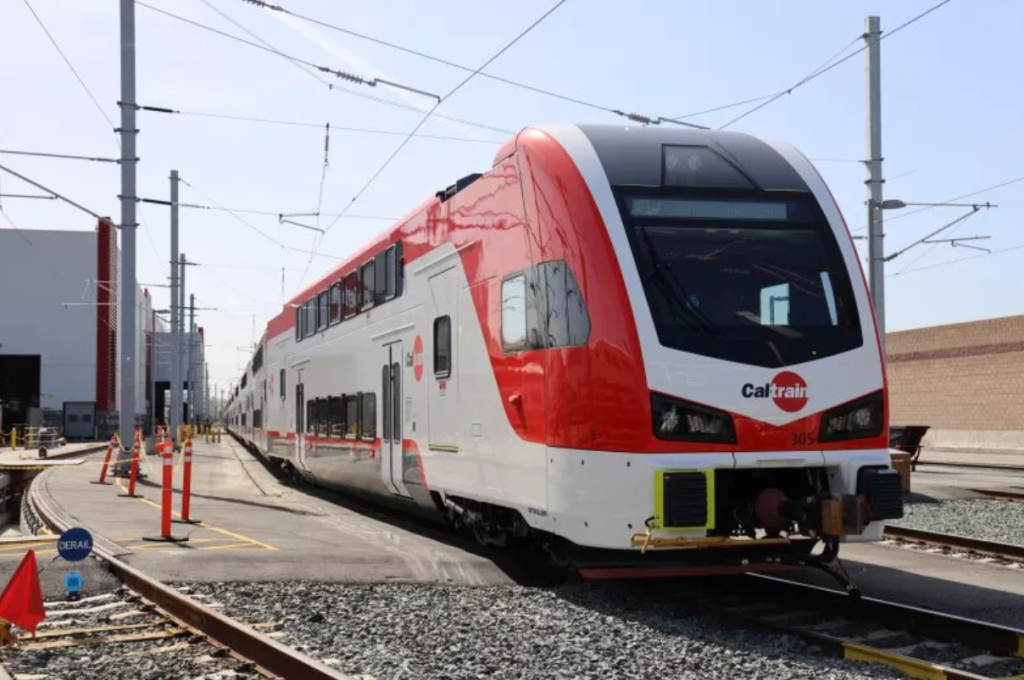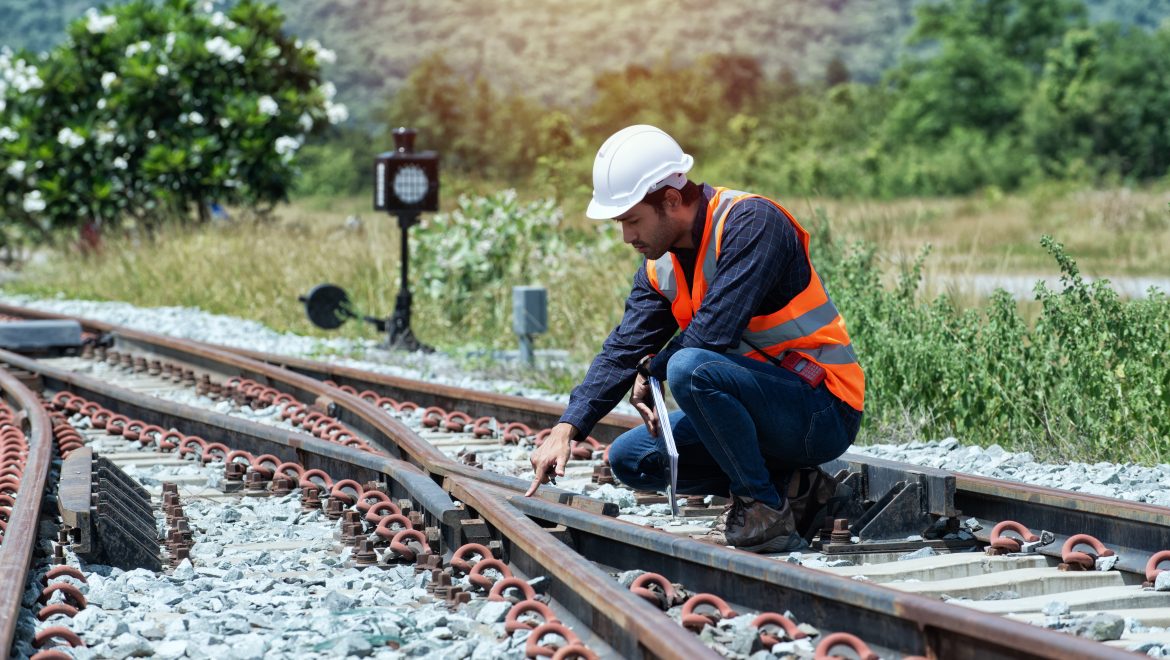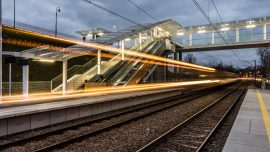A Comprehensive Guide to Railroad Maintenance Equipment and Tools
Did you know that the safety of thousands of miles of railroad tracks depends on the right maintenance equipment? Railways are the backbone of freight and passenger transportation, and keeping tracks in excellent condition is no small feat. In this guide, we’ll dive into the essential railroad maintenance equipment and tools that ensure rail safety and longevity. Whether you’re an industry professional or just curious, understanding these tools is vital for appreciating the intricate network that keeps trains running smoothly.
Let’s explore the equipment that R&S Track, a trusted name in railroad services, relies on to keep the rails safe and reliable.
Essential Railroad Maintenance Equipment
Maintaining railroad tracks requires various tools and equipment designed specifically to handle the heavy-duty nature of the rails. Here’s a breakdown of the most critical railroad maintenance equipment:
1. Rail Grinders
Rail grinders are used to restore the profile and remove irregularities on the rail surface. Over time, tracks become worn from constant use, leading to deformation and potential safety risks. Rail grinders help maintain the rail’s surface and prolong its life.
- Smooths out imperfections
- Increases the lifespan of the rail
- Reduces the need for frequent replacements
2. Tamping Machines
Tamping machines are vital for stabilizing the track by compacting the ballast (the gravel that supports the tracks). A stable foundation is essential for ensuring smooth train operations, and tamping machines help align and level the track.
- Compacts ballast for better track support
- Ensures the track is level and aligned
- Prevents derailments caused by track instability
3. Track Inspection Vehicles
These specialized vehicles are equipped with sensors and cameras to monitor track conditions. Early detection of faults can prevent accidents, making track inspection vehicles one of the most important tools in railroad maintenance.
- Detects cracks, shifts, and other defects
- Provides data to predict future maintenance needs
- Ensures proactive safety measures
Essential Railroad Maintenance Tools
In addition to large machinery, railroad maintenance tools play a crucial role in day-to-day repairs and adjustments. Let’s take a look at some of the most important tools used by professionals:
1. Track Wrenches
Track wrenches are designed to tighten or loosen the fasteners that hold the rails to the ties. These heavy-duty wrenches allow workers to quickly perform adjustments, ensuring the track remains secure.
2. Spike Pullers
Removing or adjusting spikes is essential for replacing or realigning rails. Spike pullers make this task quicker and safer by providing the leverage needed to extract spikes from the ties.
3. Hydraulic Jacks
Used for lifting and aligning heavy rails, hydraulic jacks provide the power needed to move large sections of track without causing damage. They are essential for larger repair jobs that require precise movement.
4. Rail Saws
Cutting through rails requires precision and power, and rail saws provide just that. These saws are designed to handle the tough steel used in tracks, making them indispensable for track repairs and replacements.
The Importance of Proper Railroad Maintenance
Railroad maintenance is not just about repairs—it’s about ensuring the long-term safety and reliability of the entire railway system. Without regular maintenance, minor issues can quickly escalate into major problems, causing costly delays, accidents, and damage to cargo.
- Safety: Proper maintenance reduces the risk of derailments and accidents.
- Efficiency: Well-maintained tracks lead to smoother, faster train operations.
- Cost Savings: Proactive repairs and adjustments can prevent more expensive fixes down the line.
Companies like R&S Track provide professional railroad maintenance services, using the right tools and equipment to ensure that tracks are safe and dependable for years to come.
Keeping the Rails Safe with the Right Tools
Railroad maintenance equipment and tools are critical for ensuring the safety, efficiency, and longevity of rail systems. Whether you are involved in the rail industry or simply curious about how railways are kept safe, understanding these tools is key to appreciating the complexity of track maintenance. If you want to learn more or need expert railroad maintenance services, R&S Track is here to help. With years of experience and a commitment to safety, we have the expertise and equipment to keep your tracks in top condition. Contact us today to ensure your railway remains reliable and safe.



















